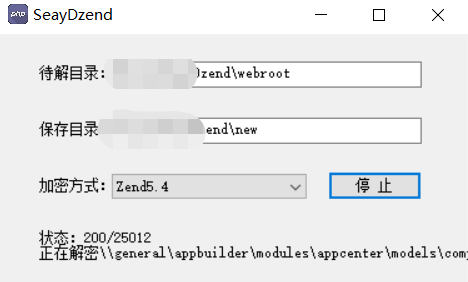According to ERC-721
ERC-721 is a free, open standard that describes how to build
non-fungible or unique tokens on the Ethereum blockchain. While most
tokens are fungible (every token is the same as every other token),
ERC-721 tokens are all unique.
Is there a provision on a permissioned blockchain like hyperledger for non-fungile tokens?
Why would you do this, since Hyperledger is a permissioned blockchain and Ethereum a public one?
Anyways, if you mean to create an asset with a unique identifier, you could create a smart contract with a ID parameter that implements your request, so everytime you try to create the idem with that same ID, the contract reject your request.
The platform-neutral Token Taxonomy Initiative overseen by the Enterprise Ethereum Alliance (EEA) has announced the publication of the Token Taxonomy Framework (TTF) v1.0, which enables businesses and developers to universally understand and define what a token is in non-technical terms, regardless of how it is implemented.
Users of the TTF can create a new type of token from a set of reusable, cross-industry components, including existing token definitions, creating a specification that includes all of the business ingredients for any implementation.
Using standardized terms and definitions to both understand and build token-based systems, the TTF enables businesses and developers to universally design the next-generation of token-based business goods and services – without requiring an understanding of industry jargon or coding.
The taxonomy uses these terms for all tokens:
- Token Template - describes a token based on its type and what
capabilities or restrictions a token created from the template would
have (i.e. Fractional Fungible Template).
A template has two parts:
Template Formula - a set of reusable taxonomy components that, when
combined, is used to classify and describe how to work with a token.
Template Definition - is derived from a formula, filling in the
details to define a token that can be used to deploy as a class (i.e. Cryptocurrency Token Definition)
Also
- Token Class - a deployed token from a Template (i.e. Bitcoin
created from the cryptocur rency template).
- Token Instance - a
single token in a Token Class (i.e. satoshi balance in your
cryptocurrency wallet)
The taxonomy uses symbols to represent token bases and possible
behaviors that are used to create a token definition as a formula. The
symbols and token formulas can be used to create hierarchical
relationships useful for visualizations, and to aid in learning and
design. The two base types can also be combined in different ways to
create hybrid token definitions.
Fungible
- Physical cash or a cryptocurrency is a good example of a fungible token.
These tokens have interchangeable value with one another,where any quantity of them has the same value as another equal quantity if they are in the same class or series. A fungible token is
identified by


